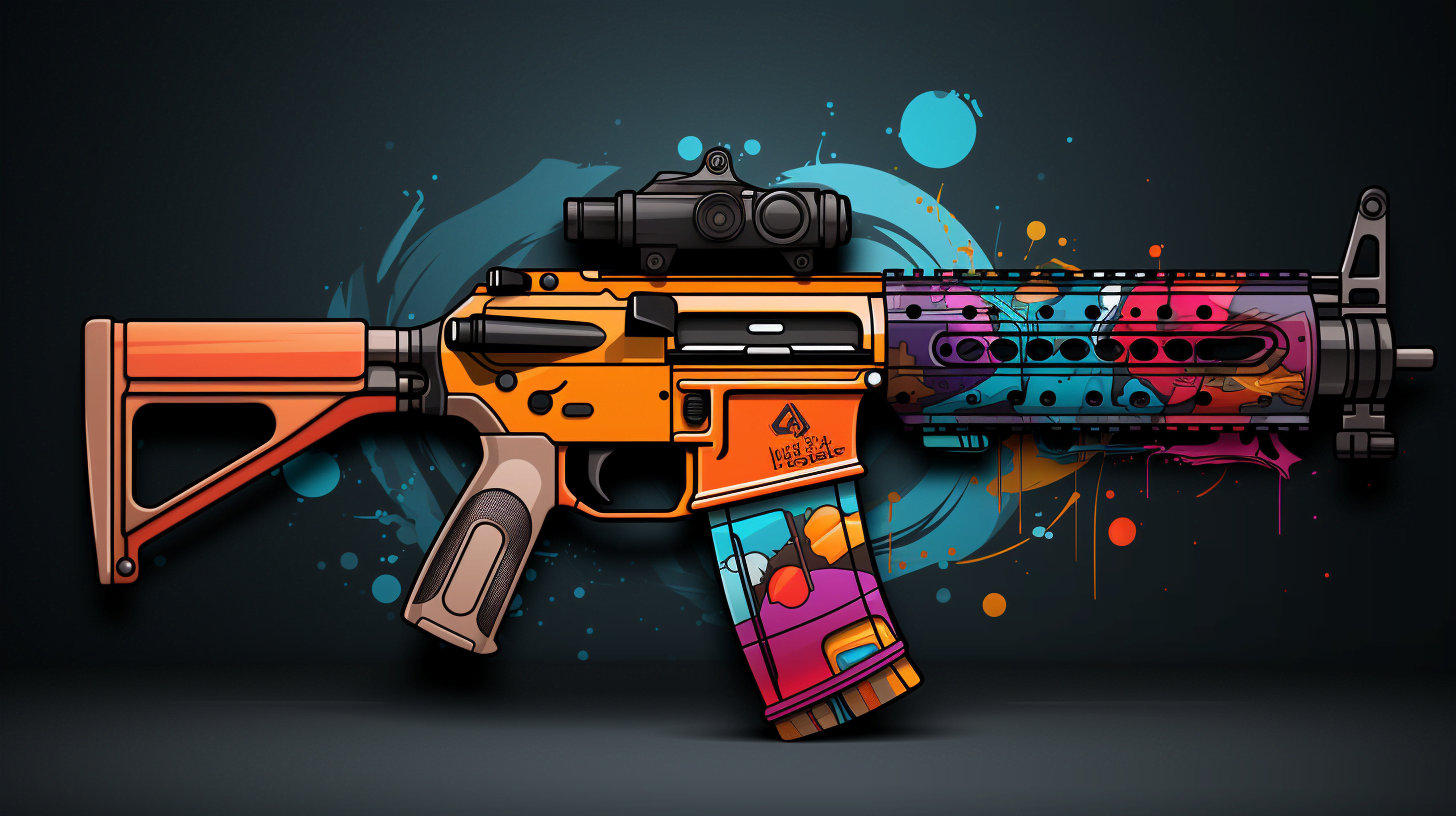Have you ever wondered why many gamers want to sell CS:GO skins? Or why there’s a bustling market to buy CS:GO skins? The answer lies in the fascinating world of games phenomenon that has grown significantly in recent years. We will delve into the rise of game skin trading and its impact on popular games like CS:GO, Dota 2, and Rust.
Game skins are cosmetic items that can be applied to various objects in-game, including weapons, characters, and even maps. They usually provide no advantage or benefit to the player outside of aesthetics and bragging rights. However, these digital assets have become wildly popular amongst gamers, allowing players to customize their game experience.
Skins have become increasingly popular in online gaming circles as they allow players to customize the look of their characters while also conveying status and identity within the gaming community. In addition, game skins can be sold and traded in exchange for real-world money, giving them an even greater value than simply changing a character’s appearance.
The Emergence and Growth of Game Skin Trading
In games like CS:GO, Dota 2, and Rust, skins have become a form of virtual currency. This has created a vibrant trading ecosystem where players can, for example, buy CS:GO skins and sell or trade skins. The emergence of game skin trading has added a new dimension to these games and created an economy that extends beyond the virtual world.
The growth of game skin trading can be explained by several factors, including the availability of skins and their growing popularity. As more players began playing these games, the demand for skins increased, making various skins available in-game. This gave players more options when it came to customizing their characters and also allowed them to create unique looks for their characters.
The rise of game skin trading has also been facilitated by the emergence of sites that enable skin trade and allow players to safely buy, sell, and trade skins without worrying about being scammed or cheated.

The Impact of Game Skin Trading on Popular Games
The impact of game skin trading on games like CS:GO, Dota 2, and Rust is significant. It has transformed these games into platforms for virtual commerce and, by doing so, has added a layer of financial incentives that keep players engaged. This trading dynamic has also influenced game design, with developers now consciously creating rare and desirable skins to fuel the trading market.
Game skin trading has also become a source of income for many players, with some earning hundreds or even thousands of dollars from trading rare skins. This financial incentive has further pushed the popularity of these games, and as long as there is demand for game skins, it’s unlikely to slow down anytime soon.
In conclusion, the rise of game skin trading in popular games has profoundly impacted the gaming industry. It has driven player engagement, influenced game design, and spawned an economy that blurs the line between the virtual and the real. As the popularity of games like CS:GO, Dota 2, and Rust grows, so will the influence and impact of game skin trading.
Game skin trading has also made monetizing their games easier for game developers. By creating rare and desirable skins, developers can drive demand for in-game items and generate additional revenue simultaneously. This has allowed game developers to invest more resources into developing new content and features, thus improving the overall gaming experience.
